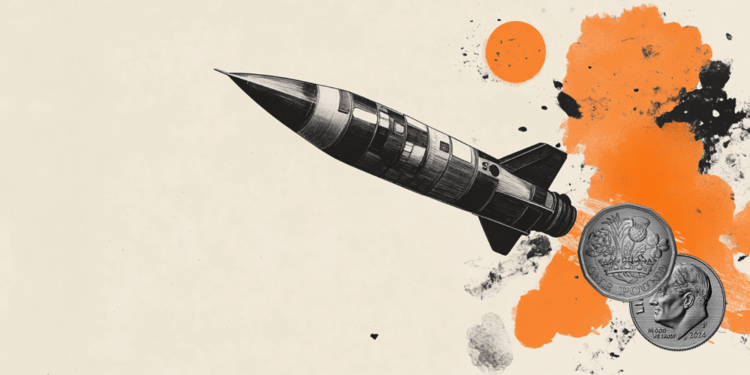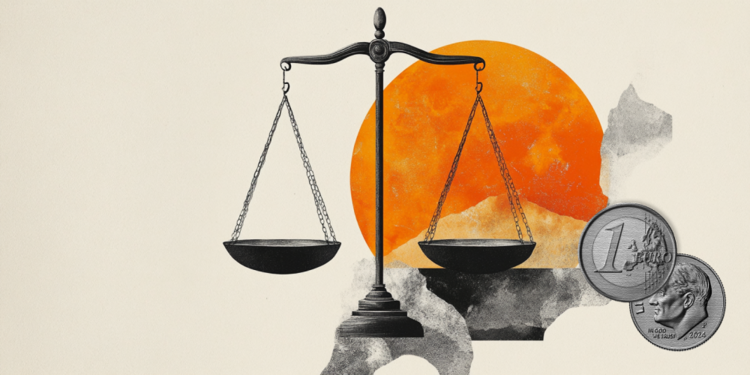The 1.2% advance recorded in the second quarter of 2022 compared to the first quarter of 2022 made the country’s Gross Domestic Product (GDP) 3% above the level of the fourth quarter of 2019, in the pre-Covid-19 pandemic period. , according to National Accounts data compiled by the Brazilian Institute of Geography and Statistics (IBGE).
The Brazilian GDP reached the second highest level in the historical series, only behind the peak reached in the first quarter of 2014.
After four straight quarters of advances, GDP is just 0.3% below the highest point in the historical series, reached in the first quarter of 2014, the institute pointed out.
sectors
Growth in the second quarter was impacted by a 1.3% rise in services, said the IBGE. The sector represents about 70% of GDP.
“Within services, other service activities (3.3%), transport (3.0%) and information and communication (2.9%) advanced and led to this increase. In other service activities, there are face-to-face services, which were dammed during the pandemic, such as restaurants and hotels, for example”, explains the coordinator of National Accounts at IBGE, Rebeca Palis. As a result, the other service activities subsector is 4.4% above the pre-pandemic level.
Another highlight was the industrial sector, with growth of 2.2% in the period , the second consecutive positive result, after falling 0.9% in the fourth quarter of last year. The IBGE highlights that this was the highest positive rate for the industry since the third quarter of 2020 (14.7%), when the sector was starting to recover from the effects of the pandemic and had a depreciated comparison base.
In this segment, the positive performances of 3.1% in the electricity and gas, water, sewage, waste management activities, 2.7% in construction, 2.2% in extractive industries and 1 .7% in manufacturing industries.
“There was growth in all subsectors of the industry. One of them is civil construction, which has been facing problems for years and was greatly affected by the pandemic, but has been recovering for a few quarters,” says the researcher.
O investment measured by the Gross Formation of Fixed Capital registered a high of 4.8% in the period, helped by the construction and information and communication activities.
“In this last activity, the positive performance is especially related to software development. This is one of the activities that were least impacted by the effects of the pandemic, as well as the financial sector, agriculture and extractive industry”. The investment rate was 18.7% of GDP in the second quarter.
O household consumption rose by 2.6% , the highest since the fourth quarter of 2020 (3.1%). Government consumption fell by 0.9%, after registering stability in the previous quarter (-0.1%).
“The rise in household consumption is related to the return to growth of services provided to families, as a result of face-to-face services that are dammed up in the pandemic. A reflection of this is the increase in the price of air tickets, a consequence of the growth in demand”, says Rebeca.
Already agriculture, which had retreated 0.9% in the last quarter, changed 0.5% in the second quarter of this year.
“This sector is very linked to seasonality. In the semester, agriculture has been falling, pulled by the retraction in soybean production, which is our biggest crop”, says Rebeca.
“According to the Systematic Survey of Agricultural Production (LSPA), the forecast is for a drop of 12% in this production. This greatly impacted the results of Agriculture in the year”, says Rebeca. She adds that, in the quarter, the result is related to the lower weight of the soybean crop in the period compared to the previous quarter and to the weight gain of the coffee crop, whose production is expected to increase 8.6% compared to the harvest last year. “, it says.
Source: CNN Brasil
I am Sophia william, author of World Stock Market. I have a degree in journalism from the University of Missouri and I have worked as a reporter for several news websites. I have a passion for writing and informing people about the latest news and events happening in the world. I strive to be accurate and unbiased in my reporting, and I hope to provide readers with valuable information that they can use to make informed decisions.







